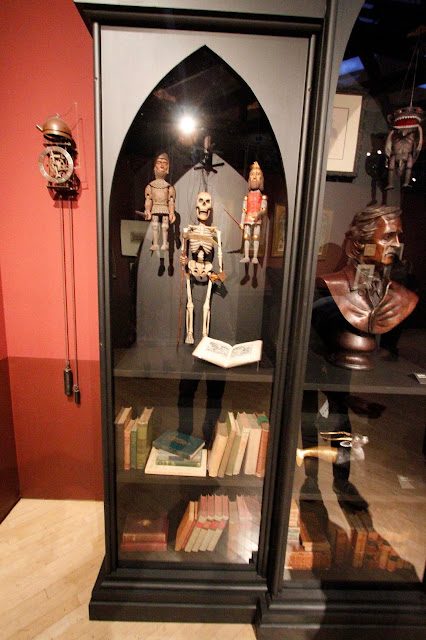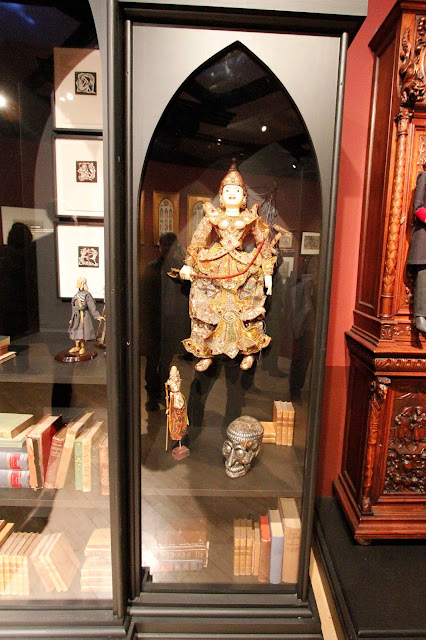"Save the Rebellion. Save the dream." This is the story of
Rogue One: A Star Wars Story. This epic space opera film directed by Gareth Edwards and written by Chris Weitz and Tony Gilroy, from a story by John Knoll and Gary Whitta. It is the first Star Wars Anthology film, a standalone story set shortly before the events of
Star Wars Episode IV: A New Hope (1977). Set between
Episode III and
IV, the film follows a group of Rebel spies, that includes Rebels, a master swordsman, and non-allied forces led by Jyn Erso, on a mission to steal the design schematics for the Galactic Empire's new superweapon, the Death Star.
"It is a period of civil war. Rebel spaceships, striking from a hidden base, have won their first victory against the evil Galactic Empire. During the battle, Rebel spies managed to steal secret plans to the Empire's ultimate weapon, the Death Star, an armored space station with enough power to destroy an entire planet. Pursued by the Empire's sinister agents, Princess Leia races home aboard her starship, custodian of the stolen plans that can save her people and restore freedom to the galaxy..." Ever since 1977, Star Wars fans worldwide have dreamt and pondered about the story of the Rebels who stole the plans to the Death Star explained in the opening crawl. One of them was John Knoll, who became a visual effects supervisor at George Lucas' Industrial Light & Magic. After Disney's purchase of Lucasfilm in 2012, Knoll heard about some of the early concepts for new Star Wars movies and wasn't impressed with any of them. He began developing his idea for this film and was encouraged to finally pitch it to Kathleen Kennedy, the new president of Lucasfilm. She loved the pitch and the movie was put into production. The film was planned to be the first in what is known as the Star Wars Anthology series. Kennedy explained that the stand-alone films will not cross over with the films of the sequel trilogy, stating: "... The canon that he [George Lucas] created was the Star Wars saga... The spin-off movies... they exist within that vast universe that he created..." In May 2014, it was announced that Gareth Edwards would helm the project, with Gary Whitta writing the script, and with Greig Fraser serving as cinematographer. In January 2015, it was announced that Chris Weitz had signed to write the script for the film after Whitta had left the project. In March 2015, the title of the film was revealed to be Rogue One. Edwards stated that the style and tone of the film will be similar to that of a war film, stating, "It's the reality of war. Good guys are bad. Bad guys are good. It's complicated, layered; a very rich scenario in which to set a movie."
In January 2015, The Hollywood Reporter stated that Tatiana Maslany, Kate & Rooney Mara were being tested for the film's lead, before Felicity Jones won the role in March. At the same time, Aaron Paul, Edgar Ramírez and Sam Claflin were eyed for the male lead role, which Diego Luna ultimately won the role in May. Joel Edgerton, Dominic West, Mark Strong, Taylor Kitsch, Joel Kinnaman, Sam Worthington, Charlie Hunnam, and Gerard Butler were rumored to join the film. In May, Ben Mendelsohn and Riz Ahmed were added to the cast. In June, Forest Whitaker was cast. Former Star Wars actors James Earl Jones, Genevieve O'Reilly and Jimmy Smits were all confirmed to reprise their roles of Darth Vader, Mon Mothma and Bail Organa, making it their first appearance since Star Wars Episode III: Revenge of the Sith (2005). Principal photography on the film began in August 2015 and wrapped in February 2016. Locations included Elstree Studios in Hertfordshire, London, Laamu Atoll in the Maldives, Iceland and Jordan. The film was shot with digital Arri Alexa 65 cameras using Ultra Panavision 70 lenses. In February 2016, Disney executives stated that the film was "virtually completed". However, in June 2016, Several weeks of pre-scheduled reshoots began. In August 2016, The Hollywood Reporter confirmed that Tony Gilroy had spearheaded the reshoots, in lieu of Edwards, and that Gilroy would have just as much say in the final cut of the film as Edwards. Gilroy was initially brought on in order to retool the ending of the film, which was not coming together as hoped, under Edwards' direction. Post-production wrapped on November 28, 2016. In March 2015, it was reported that Alexandre Desplat, who worked with Edwards on the Godzilla reboot, was brought on to compose the score for the film. However, in September 2016, it was announced that Michael Giacchino would be replacing Desplat as composer, after the film's reshoots altered the post-production schedule and reportedly left Desplat no longer available. Giacchino only had four and a half weeks to compose the music for the film, beginning almost immediately after finishing production on Doctor Strange.
The film stars Felicity Jones, Diego Luna, Ben Mendelsohn, Donnie Yen, Mads Mikkelsen, Alan Tudyk, Riz Ahmed, Jiang Wen, and Forest Whitaker. The cast gave terrific performances, giving each character their own unique personalities that will join the ever-expanding plethora of Star Wars Characters.
With enough novelty to create yet another cohort of die-hard fans,
Rogue One: A Star Wars Story strikes all the right chords to feel both familiar and exhilaratingly new. The film is a visually gorgeous, thrilling, joyous, surprising, and heart-thumping adventure. It had sufficient style, momentum, love and care to prove itself irresistible. The film's main strength was that it pulled off a delicate balancing act, paying thoughtful homage to the past. From the old joys to fresh twists, this is a unique blockbuster experience that celebrates the franchise whilst also expanding it. The film may be slightly derivative, but it is a delight nonetheless. It is bound to be a film experience long remembered by fans and non-fans alike.
Simon says Rogue One: A Star Wars Story receives:








































































































